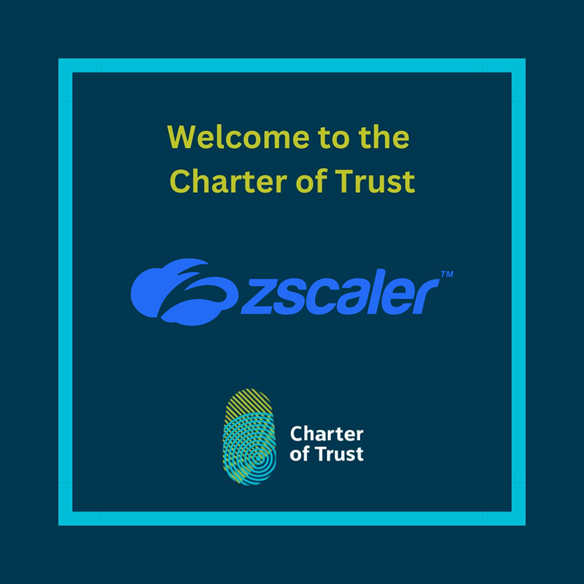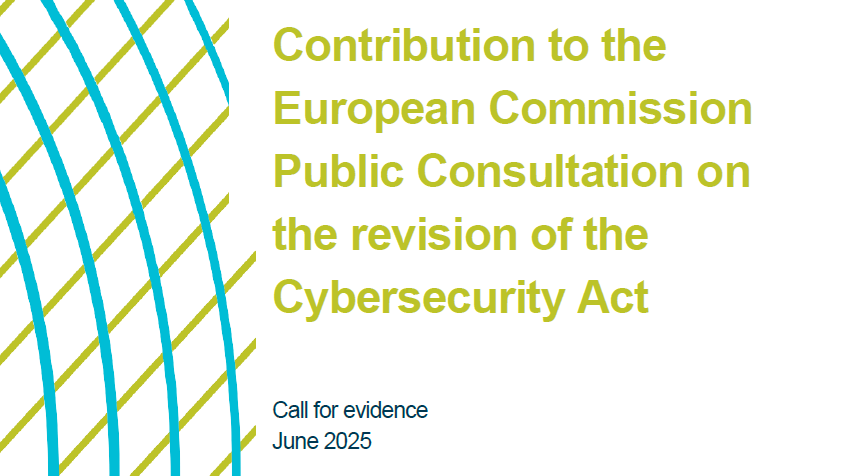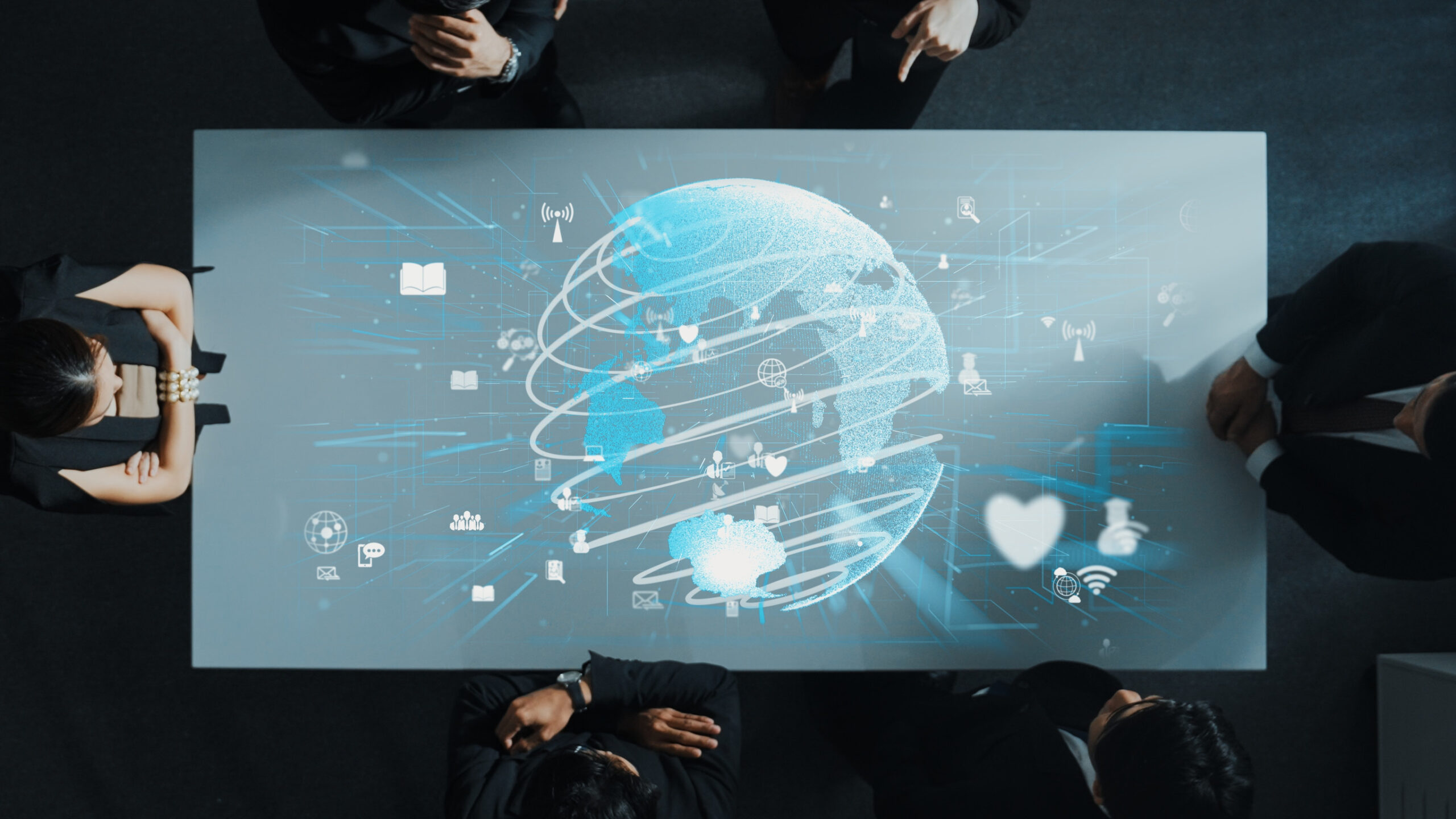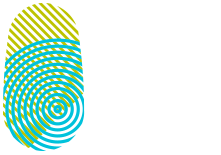The security needs of Industrial Control Systems (ICS) and Operational Technology (OT) environments are changing as the air gap is dissolving between these environments and the enterprise networks, exposing them to cybercriminals, nation-state sponsored hacking groups and all other forms of internet-borne malware.
By Omar Duran, Global Cyber Operations Manager, AES Corp
In today’s world everything is connected, from the appliances in our homes to the virtual “assistants” that we find in our mobile devices and smart speakers. The internet of things is more palpable than ever, all devices communicating to each other to make our lives more “comfortable” and gain efficiency to use our time on things with greater importance. Industries also want to benefit from what this new era of connectivity offers, and they are often automating even more the high-risk in order to increase efficiency in the production of their goods or services. Concepts such as Smart Cities, IoT Fleet, Predictive Maintenance among others are beginning to take shape in this new era of digital transformation in companies.
The security needs of Industrial Control Systems (ICS) and Operational Technology (OT) environments are changing as the air gap is dissolving between these environments and the enterprise networks, exposing them to cybercriminals, nation-state sponsored hacking groups and all other forms of internet-borne malware. Also, the regular IT ecosystem is facing a more difficult scenario since the beginning of the COVID-19 pandemic forcing companies to adopt the “Work from Home” model.
Based on the information about the nature and targets of recent cyber-attacks, the cybersecurity community agreed that ransomware is currently the most concerning and evolving threat for organizations, hacking groups are now offering the malware in “as a service model” (RaaS) making attribution to a certain group even more difficult and expanding the use of this malware to beginner cybercriminals (script kiddies), also ransomware attacks are evolving to include extortion tactics used to force the victim to pay the ransom to avoid their data being published online.
Disinformation will continue growing as a form of Cyberattack being led by Russian Nation-Sponsored Threat Actors. These attacks are more disruptive than destructive and does not operate in a way that lends itself to standard preventive measures. Cybersecurity analysts and federal agencies noted that attackers appear to have moved on to less overt activities that can still sow confusion and cause chaos as well as Brand reputation damage to companies targeted. The combination of traditional methods and digital attacks lets the attackers still maintain a degree of deniability.
Cybersecurity isn’t just about tools and processes; a good cybersecurity strategy involves people awareness and this is perhaps the most important part of the entire chain as Phishing gets more sophisticated and still continues as the most notable and potent attack vector, OWASP statistics about it are putting Phishing as the point of entry for 91% of cyberattacks. Such attacks enable hackers to steal user credentials, install malware and compromise an entire network exploiting vulnerability found.
According to Checkpoint Research Supply Chain and Cloud Infrastructure Attacks are another growing trend. Attackers disguise malicious payloads in cloud infrastructure, storing them on GitHub, Gmail, Alibaba or compromising a provider’s network to deliver commands or host configuration files. Threat actors use encryptions and camouflage techniques, offering droppers dedicated to placing malware on the cloud. Cloud-based applications make phishing attacks more effective and facilitate BEC attacks.


You may also like

Charter of Trust Welcomes Zscaler
Zscaler is a leading cloud enterprise security provider helping global businesses accelerate their digital transformation by becoming more agile, efficient, resilient, and secure.
With Zscaler as a partner in the Charter of Trust, we aim to strengthen global cyber resilience through trust – by fostering actionable collaboration between industry leaders, governments, and public-private platforms. Zscaler brings robust expertise and innovation to the table, making it the ideal partner to drive this mission forward.
“Zscaler is excited to drive meaningful change alongside our new partners, laying a foundation of trust essential for successful digital transformation,” said Sam Curry, Zscaler CISO. “In today’s world, the need for reducing inherent trust and default access has never been greater. To truly stay ahead of ever-evolving threats, we must unite as a coalition of practitioners. Cyber attackers aren’t taking breaks, and with advancements like artificial intelligence, quantum cryptography, and emerging technologies on the horizon, collaboration is the key to securing the future.”
“We are proud to welcome Zscaler to the Charter of Trust. Their focus on cybersecurity innovation and commitment to openness reflect our shared ambition to create a safer, more resilient digital future. Together, we’ll strengthen trust, transparency, and security across the global digital landscape.” highlighted Dr. Summit Chada, Charter of Trust Co-Chair and COO Group Security & Business Lines CISO at Atos.
“With Zscaler as a Partner of the Charter of Trust, we believe that we can strengthen the global commitment to secure digital transformation by combining technological innovation with the Charter of Trust’s collaborative approach to cybersecurity leadership.” Ralf Schneider, Charter of Trust Co-Chair and Senior Fellow and Head of Cybersecurity and NextGenIT Think Tank at Allianz SE, welcomes Zscaler to the Charter of Trust.
We are excited to join forces and work together to advance digital trust and security across industries.

Contribution to the EU Commission Public Consultation on the revision of the Cybersecurity Act
We support Policy Option 2, which focuses on targeted regulatory measures that address key challenges without creating unnecessary complexity. In this context, we emphasize the need to enhance the role and resources of ENISA, to ensure effective implementation of both current legislation and the European Cybersecurity Certification Framework (ECCF).
Our recommendations aim to improve transparency, collaboration, and efficiency across the EU’s cybersecurity landscape. These include:
- Introducing clear timelines for the development of certification schemes.
- Enhancing stakeholder engagement throughout the process.
- Establishing more structured communication channels between ENISA, the Stakeholder Cybersecurity Certification Group (SCCG), and sectoral ISACs (Information Sharing and Analysis Centers).
We call for a stronger ECCF, one that is transparent, inclusive, and aligned with international standards to foster global interoperability and ease compliance for organizations across borders. Equally critical is the harmonization of certification practices across EU member states and the mutual recognition of certifications to minimize regulatory fragmentation.
The Charter of Trust advocates for technically robust, standards-based certification schemes, with well-defined roles and responsibilities. We also stress the need for clarity on the interplay between voluntary and mandatory certifications, particularly in relation to the upcoming Cyber Resilience Act (CRA).
To streamline compliance and reduce administrative burden, we propose a unified, risk-based incident reporting regime that consolidates requirements under regulations such as NIS2, CRA, GDPR, and DORA. This would not only simplify reporting for organizations but also enhance the EU’s overall cyber resilience. In addition, we recommend incorporating liability protections and grace periods for incident disclosure.
Finally, we urge the Commission to strengthen supply chain security by adopting a risk-based classification approach and establishing baseline cybersecurity requirements for ICT suppliers.
The Charter of Trust remains fully committed to supporting the European Commission in shaping a secure, resilient, and trusted digital future for Europe. We look forward to continued collaboration in building a cybersecurity framework that meets the needs of all stakeholders, today and in the years to come.




